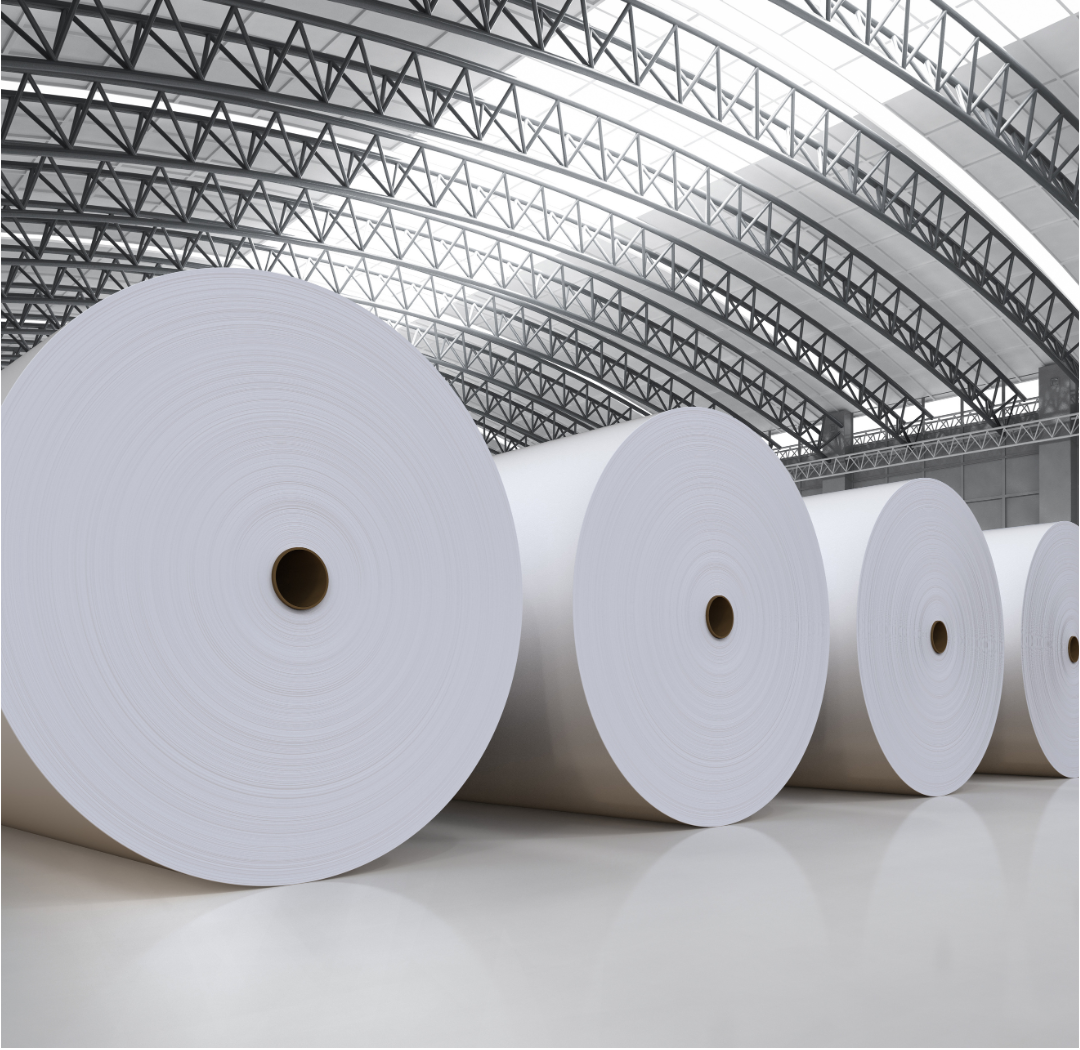The pulp and paper industry is the modern version of paper production, one of humanity's oldest cultural skills. This industry is based on the fundamental principles that plant fibers dissolved in water come together to form paper, a principle discovered over 2,000 years ago.
Today, paper production is carried out through state-of-the-art paper machines. These machines reduce the time from placing the fiber-water mixture on a screen to creating finished paper products to just a few seconds. The design of these machines varies depending on the type of paper or cardboard produced and the characteristics of the raw materials used. Generally, the production process can be divided into four main sections: stock preparation, paper machine process, finishing stage, and equipment usage. Since a large amount of water is used in paper production, various types of pumps are used in the production process and in wastewater treatment. Paper mills often have their own wastewater treatment facilities and implement various water management strategies to ensure a sustainable production process.

Among the pumps used in the pulp and paper industry are radial pumps, dosing pumps, and process pumps. The choice of pump technology depends on the application environment and materials. Particularly, careful selection is necessary to prevent clogging during the pumping of pulp and fiber materials. This situation is also applicable to other industries that handle pulp materials.
Application examples of pumps in the Paper, Cardboard, and Corrugated Board Production Industry